New York Jets’ rebuilt offensive line has the potential to be one of the NFL’s best
Less than one week after the start of the legal tampering period, the New York Jets already filled each of the three vacancies in their starting offensive line. With the additions of Tyron Smith, John Simpson, and Morgan Moses, the Jets’ starting five is penciled in:
- LT Tyron Smith
- LG John Simpson
- C Joe Tippmann
- RG Alijah Vera-Tucker
- RT Morgan Moses
How good could this rebuilt unit be? Let’s get an idea by combining the statistics of all five players.
How this will work
In various offensive line metrics, we are going to see where the cumulative 2023 production of the Jets’ five starting offensive linemen would have ranked among 32 offensive lines (based on the cumulative production of all linemen to play a snap for each team – not just their optimal starting five).
Here are some key notes:
- We will analyze Alijah Vera-Tucker’s production across 5 starts at right guard from 2022-23.
- It is fair to assume that Joe Tippmann will likely improve in his second season, so we will adjust his metrics accordingly by estimating that he will jump exactly 5 spots on the league-wide C rankings in each metric. In addition, keep in mind that we will be isolating Tippmann’s performance at C from Weeks 9-18, removing his four starts at right guard from Weeks 3-6.
- For Tyron Smith, John Simpson, and Morgan Moses, we will use their 2023 stats with no adjustments.
We will also adjust the numbers to account for injuries. It should be assumed that the starting offensive line will not stay perfectly healthy, so we have to adjust the unit’s overall stats downward to account for the fact that backup linemen will likely play a significant number of games, which would drag the unit’s stats down. Otherwise, it would be an unfair comparison against the stats of each team’s OL unit in 2023, as those stats include all of the snaps played by backups.
To do this, we will assume the Jets will rank five spots lower in each metric than they would if all linemen stayed perfectly healthy. For example, if they would have ranked 10th in a certain category when looking solely at the five starters, we’ll drop them to 15th after assuming the backups have to play a fair chunk of games. This is a rudimentary way of doing it, but it’s enough to give us a reasonable ballpark estimation of where the unit might end up.
Still, we will also look at the unit’s pre-injury rankings to get an idea of what the unit’s ceiling looks like if it can stay perfectly healthy.
Without further ado, let’s visualize what this new-look Jets offensive line could do in 2024.
Pass blocking
There are a lot of different pass blocking metrics out there, each tracking different things, so we’ll include a few of them and agglomerate them at the end.
PFF pressure rate
Here is a look at the percentage of each player’s pass-blocking snaps in which they allowed pressure (a hurry, hit, or sack), based on Pro Football Focus’ tracking:
- Tyron Smith: 3.36% (3rd of 83 T)
- John Simpson: 4.19% (21st of 78 G)
- Joe Tippmann: 3.34% (12th of 36 C) – Expected 5-spot jump: Would rank 7th, spot held by Houston’s Jarrett Patterson (2.89%)
- Alijah Vera-Tucker: 8.05% (74th of 78 G)
- Morgan Moses: 5.56% (30th of 83 T)
Four of the five players ranked in the top half at their respective positions, which is fantastic news for the Jets. This line is loaded with players who have proven they can produce at an above-average level in pass protection. Smith is elite. Simpson and Moses are above average. Tippmann already displayed an above average floor in his rookie season and has the potential to jump into the elite ranks in 2024.
The exception is Vera-Tucker, who was blamed for allowing tons of pressures across his five starts at right guard over the past two years. PFF had Vera-Tucker allowing 19 pressures on 263 pass-blocking snaps.
His numbers were far better in seven starts at tackle, allowing 11 pressures on 204 pass-blocking snaps, a pressure rate of 5.39% that would have ranked 28th among 83 tackles in 2023. If you take out his one start at left tackle and only look at his six starts at right tackle, his pressure rate drops even further to 5%, which would have ranked 24th.
It’s interesting to see that PFF’s pressure charting considered Vera-Tucker as substantially more productive at tackle. Based on his film, Joe Blewett and I both think Vera-Tucker is a better player at guard. The data provides a fascinating counterargument.
Rankings
- Ceiling: 9th
- Injury-adjusted: 14th
The average pressure rate among the five players is 4.81%. Prior to any injury adjustments, this mark would have ranked ninth-best in 2023, slotting between the Colts (4.68%) and Texans (4.91%). A five-spot drop to account for injuries would put them at 14th, between the Buccaneers (5.21%) and Lions (5.22%).
If you’re wondering, the Jets actually ranked 31st at 7.22%. Only the Titans (7.68%) were worse.
NGS pressure rate
NFL Next Gen Stats also tracks pressure rate, although they do it differently than PFF. Next Gen Stats relies on GPS tracking data to tally pressures. PFF’s data is charted manually by humans. I tend to lean toward PFF’s pressure charting as more accurate since I think relying on GPS tracking causes you to miss important pieces of context that can only be seen by the human eye. Still, I think both perspectives are worth taking into account.
Because of the differences in how the two outlets track pressures, they tend to spit out very different conclusions. Here is where the five players ranked in pressure rate at NGS:
- Tyron Smith: 6.45% (5th of 81 T)
- John Simpson: 6.53% (20th of 77 G)
- Joe Tippmann: 6.09% (16th of 37 C) – Expected 5-spot jump: Would rank 11th, spot held by New Orleans’ Erik McCoy (5.20%)
- Alijah Vera-Tucker: 7.11% (33rd of 77 G)
- Morgan Moses: 11.19% (52nd of 81 T)
Smith, Simpson, and Tippmann’s NGS rankings are fairly consistent with their PFF rankings. Moses and Vera-Tucker are viewed much differently. Whereas PFF views Moses as above average and Vera-Tucker as below average, NGS sees the opposite.
Rankings
- Ceiling: 7th
- Injury-adjusted: 12th
The average pressure rate between the five players is 7.3%, which would rank seventh-best between the Jaguars (7.22%) and Saints (7.59%). A five-spot drop would put them at 12th, between the Colts (8.21%) and Rams (8.24%).
The Jets actually ranked 28th at 10.28%.
It’s promising to see the Jets fare well in both the PFF and NGS pressure-tracking systems. They use very different methods, and as we saw with Vera-Tucker and Moses, it often leads to very different conclusions for certain players. Yet, the Jets’ offensive line projects to rank comfortably within the top half of the league in both systems.
PFF pass blocking grade
PFF’s grading system is infamously erratic, but for the sake of this article, I wanted to include as many metrics as we could to try and get a wide-ranging evaluation, so I figured it’s worth tossing in.
As opposed to pressure rate, which tracks a specific outcome, PFF’s grading system is intended to be an all-encompassing metric that evaluates all aspects of a position to produce one catch-all number. For offensive linemen, pass blocking grade is sometimes useful for identifying linemen whose pressure numbers may be misleading for one reason or another, whether they benefited from a great environment that boosted their pressure numbers or if they played in an awful environment that inflated their pressure numbers.
Here are the pass blocking grades of the Jets’ starting offensive linemen:
- Tyron Smith: 87.3 (1st of 83 T)
- John Simpson: 61.8 (36th of 78 G)
- Joe Tippmann: 56.7 (20th of 36 C) – Expected 5-spot jump: Would rank 15th, spot held by Arizona’s Hjalte Froholdt (60.7)
- Alijah Vera-Tucker: 54.8 (58th of 78 G)
- Morgan Moses: 75.9 (21st of 83 T)
Smith remains elite no matter what metric you look at. Moses fared well here, just like he did in PFF’s pressure rate. Simpson remained in the top half among guards although he slid quite a bit compared to his PFF pressure rate. Tippmann also slid, landing just below the median among centers. Vera-Tucker did not do nearly as poorly as he did in PFF’s pressure rate, but he still was deep into the bottom half.
Rankings
- Ceiling: 9th
- Injury-adjusted: 14th
The unit’s average pass blocking grade was 68.1, which would have ranked ninth-best between the Lions (68.2) and Bills (68.0). A five-spot drop would put them at 14th, sitting between the Browns (65.7) and Buccaneers (65.3).
So far, every ranking has been in the same ballpark. The Jets once again have a ceiling on the lower end of the top 10 if everyone stays healthy, and as long as the injuries don’t get completely out of hand, they should still rank in the top half even with an expected amount of injuries.
NGS time to pressure
Next Gen Stats tracks a metric called “average time to pressure.” It shows the average amount of time it takes until the player allows pressure.
I like this metric because it gives us an idea of the quality of a player’s pass protection. If you fare well in this metric, it suggests you are capable of holding up for long periods of time, which helps the offense run its plays as they were designed. If you fare poorly in this metric, it suggests you tend to give up pressure very quickly, which can destroy plays.
Here is where the Jets’ linemen ranked:
- Tyron Smith: 2.98s (37th of 81 T)
- John Simpson: 3.32s (9th of 77 G)
- Joe Tippmann: 2.68s (36th of 37 C) – Expected 5-spot jump: Would rank 31st, spot held by New Orleans’ Erik McCoy (2.87s)
- Alijah Vera-Tucker: 3.03s (40th of 77 G)
- Morgan Moses: 3.30s (9th of 81 T)
Simpson and Moses were both fantastic in this category. They protected a quarterback in Lamar Jackson who tends to hold the ball for a long time, which places a heavy burden on the offensive linemen. Simpson and Moses were up to the task. Their high rankings in this metric add to the impressiveness of their above average performances in the other pass blocking metrics.
Smith finally didn’t land in the elite ranks, although he still placed in the top half. Cowboys quarterback Dak Prescott did a nice job of getting the ball out quickly, so that could have contributed to his lower placement in this metric.
Vera-Tucker landed around the league average among guards. Tippmann, though, was atrocious in this category, as he tended to give up pressure very quickly.
Part of Tippmann’s ranking could have been due to poor communication on a carousel offensive line that was constantly rotating in new players due to injuries. These issues were exacerbated by another carousel at quarterback. Nonetheless, this is definitely an area where Tippmann will want to improve in the future. It is not surprising that a rookie center tended to allow quick pressures. The Jets will hope he can leap much further than five spots.
Rankings
- Ceiling: 8th
- Injury-adjusted: 13th
Yet again, the Jets land in the same area. The average time to pressure among their five starters was 3.1 seconds, which would have ranked eighth-best between the Ravens (3.13) and, surprisingly, the Giants (3.096). A five-spot drop would put them at No. 13, slotting in between the Buccaneers (3.02) and Vikings (3.01).
The Jets ranked 30th at 2.75.
Pass blocking synopsis
There was hardly any variation across the four metrics. Here are the unit’s projected rankings in each of the four categories:
- PFF pressure rate: 9th pre-adjustment, 14th adjusted
- NGS pressure rate: 7th, 12th
- PFF pass block grade: 9th, 14th
- NGS time to pressure: 8th, 13th
- Overall average: 8th, 13th
It’s fair to say that this Jets offensive line will likely be a top 10 pass blocking unit if everyone stays healthy. With injuries, it will probably be slightly above average. That is something the Jets would happily sign up for after many years of bottom-tier pass protection.
Vera-Tucker seems to be the biggest X-factor. His pass blocking metrics were generally poor across his five starts at right guard from 2022-23. If he can improve his production level to match the talent level that we all know he possesses, the Jets’ ceiling can rise from top-10 to top-5.
Tippmann is also an X-factor. To find a fair middle ground, we assumed he will jump only five spots on the center leaderboard for the sake of this study, but he has the potential to climb much further than that.
Smith, Simpson, and Moses give the Jets a high floor in pass protection. Smith is as good as it gets at left tackle while Simpson and Moses both seem to be above average at their positions. Health is crucial for Smith, but whenever all three of these players are on the field, it’s unlikely the Jets’ pass protection will ever be poor.
Run blocking
PFF run block grade
Unfortunately, there is far less data available for evaluating run blocking than there is for pass blocking. So, we’re just going to have to roll with PFF’s run blocking grade.
Here is where the Jets’ linemen ranked:
- Tyron Smith: 71.4 (25th of 83 T)
- John Simpson: 56.9 (48th of 78 G)
- Joe Tippmann: 63.7 (24th of 36 C) – Expected 5-spot jump: Would rank 19th, spot held by Arizona’s Hjalte Froholdt (67.4)
- Alijah Vera-Tucker: 85.7 (5th of 78 G)
- Morgan Moses: 77.2 (10th of 83 T)
The run game is where the stats match up with the eye test for AVT. His 85.7 run blocking grade would have ranked fifth-best among guards in 2023.
Moses is also highly regarded in the run game by PFF’s grading system. Smith was good although not elite, while Simpson and Tippmann were viewed as below average.
Rankings
- Ceiling: 4th
- Injury-adjusted: 9th
Thanks to the ceilings of Vera-Tucker and Moses, the Jets fared extremely well here. The unit’s average grade of 71.7 would have ranked fourth-best in 2023, between the Falcons (72.8) and 49ers (70.9). Assuming the Jets drop five spots due to injuries, they would still place ninth, between the Patriots (67.9) and Colts (66.5).
Tippmann’s progress is the biggest key here. Vera-Tucker has already proven he is elite in the run game, with the numbers to back it up. Tippmann has the potential to do the same. If he can significantly boost his grade in 2024, it seems likely the Jets will have one of the best run blocking units in the NFL.
Overall
- Pass blocking projection: 8th ceiling, 13th adjusted for injuries
- Run blocking projection: 4th ceiling, 9th adjusted for injuries
- Combined average: 6th ceiling, 11th adjusted for injuries
Clearly, the Jets’ offensive line has the potential to be one of the NFL’s best in both phases. This is all thanks to the additions they made over the past week.
Simpson and Moses provide high floors, which is crucial for maximizing the unit’s overall potential. The Jets do not have a liability on this offensive line, giving them a major advantage over the many teams in the league who have at least one lineman who is a total sieve. When your worst lineman is probably John Simpson – who, as we saw, is generally considered a mid-level starting guard – you are in great shape.
Adding Smith was the cherry on top. With the additions of Simpson and Moses, the Jets had significantly improved the unit’s floor, but the ceiling was still rather limited. However, now that the NFL’s best pass blocking left tackle is part of the picture, this line has the ability to go head-to-head against anybody.
As we mentioned, Vera-Tucker and Tippmann’s progress will also be vital.
Vera-Tucker has proven himself to be an elite run blocker and has displayed valuable versatility, but we have yet to see his talent translate to tangible production in pass protection. I am fully confident he has the ability to pull it off. And, to be clear, I think PFF is wildly overestimating his pass blocking woes – it’s probably more accurate to say he’s around average or slightly above – but he definitely has room to improve in that phase.
Tippmann set a tremendous floor in his rookie year by performing around the level of an average starter despite playing in a horrendous situation. With his physical attributes, he has the potential to take a massive leap this year, which could raise the unit’s ceiling even higher than we projected it to be in this breakdown.
Ultimately, though, it all comes down to health, as is usually the case in the NFL. On paper, this is an excellent unit. If nobody misses a snap, it would be shocking if this unit was not above average at the very least, and it would probably rank in the top 10. But football isn’t played on paper. Injuries are going to strike and the Jets will have to adapt.
Every position group in the NFL has to deal with injuries, but the Jets’ offensive line is certainly on the higher end of the injury-prone spectrum. Each and every day from this point forward, the Jets will be living life on the edge with this unit.
Smith’s issues are well documented. He is essentially guaranteed to miss at least three games. Vera-Tucker has played 12 games over the last two seasons. Moses is 33 and missed three games last year while exiting early in a few others. Tippmann was sidelined for two weeks with a quad injury last year – he luckily missed only one game since his injury came just before a bye week. Simpson is the only player with a clean record; he has never missed a game due to injury in his career.
Due to the starting lineup’s high likelihood of injuries, the Jets need to emphasize solidifying their second-string unit. It’s essential for every squad, but especially this particular team.
No team’s backups should be expected to match the production of the starters. The goal is to minimize the drop-off as much as possible. The teams that experience the smallest drop-offs when their backups take the field are usually the ones who last deep into the playoffs. If your offensive line completely crumbles when the starters go out – as is usually the case with the Jets – you are going to have a hard time staying in the playoff race throughout the season.
Health and depth – those are the two biggest factors for this unit. When these five guys are on the field, Jets fans will be treated to the best offensive line play that have witnessed since the early Rex Ryan days. It’s quite clear when you look at the numbers. The Jets just have to cross their fingers and hope to get as many games out of their starters as possible. At the same time, they need to do their part by ensuring they are ready to weather the injury storm when it inevitably hits.

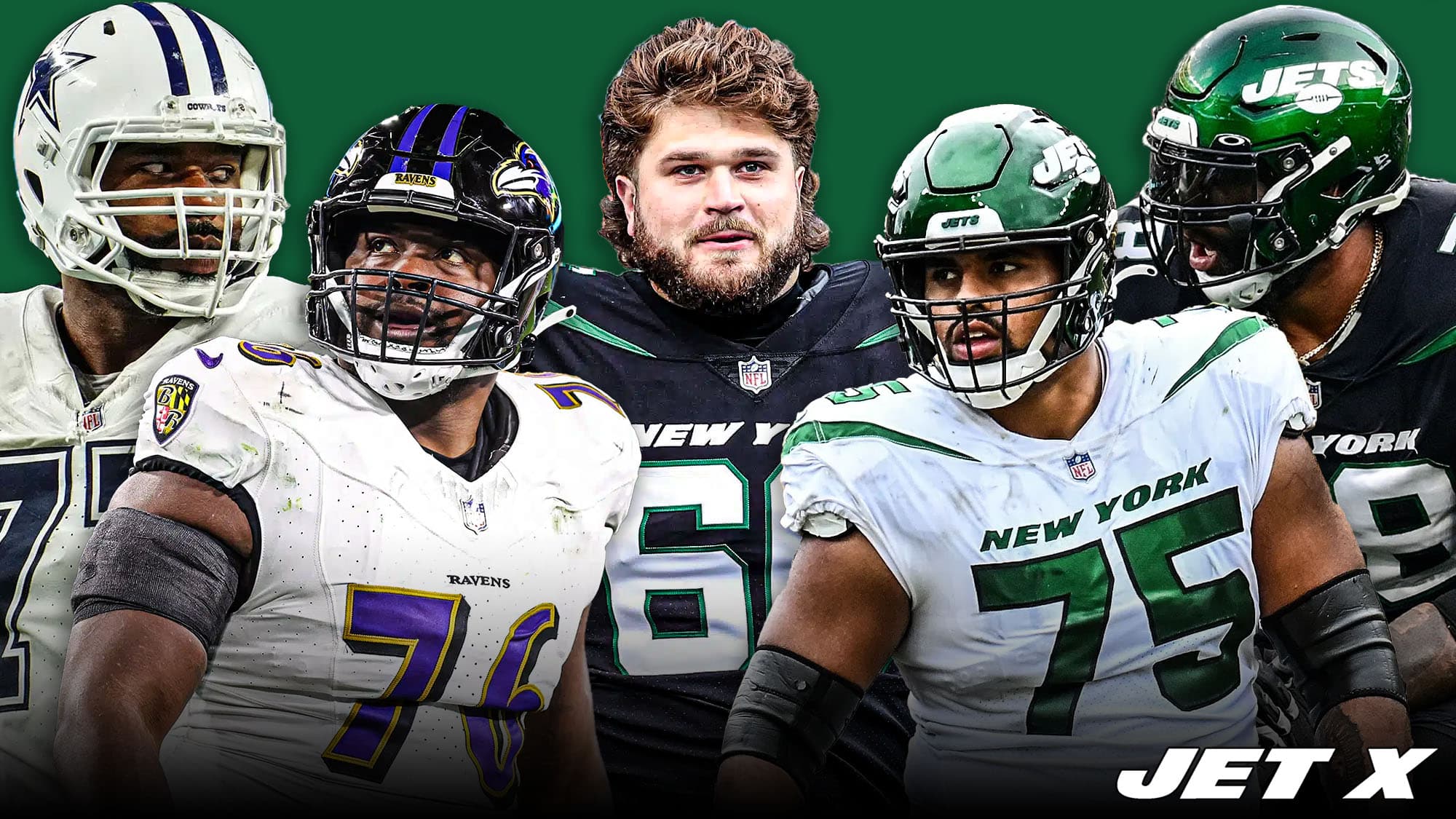

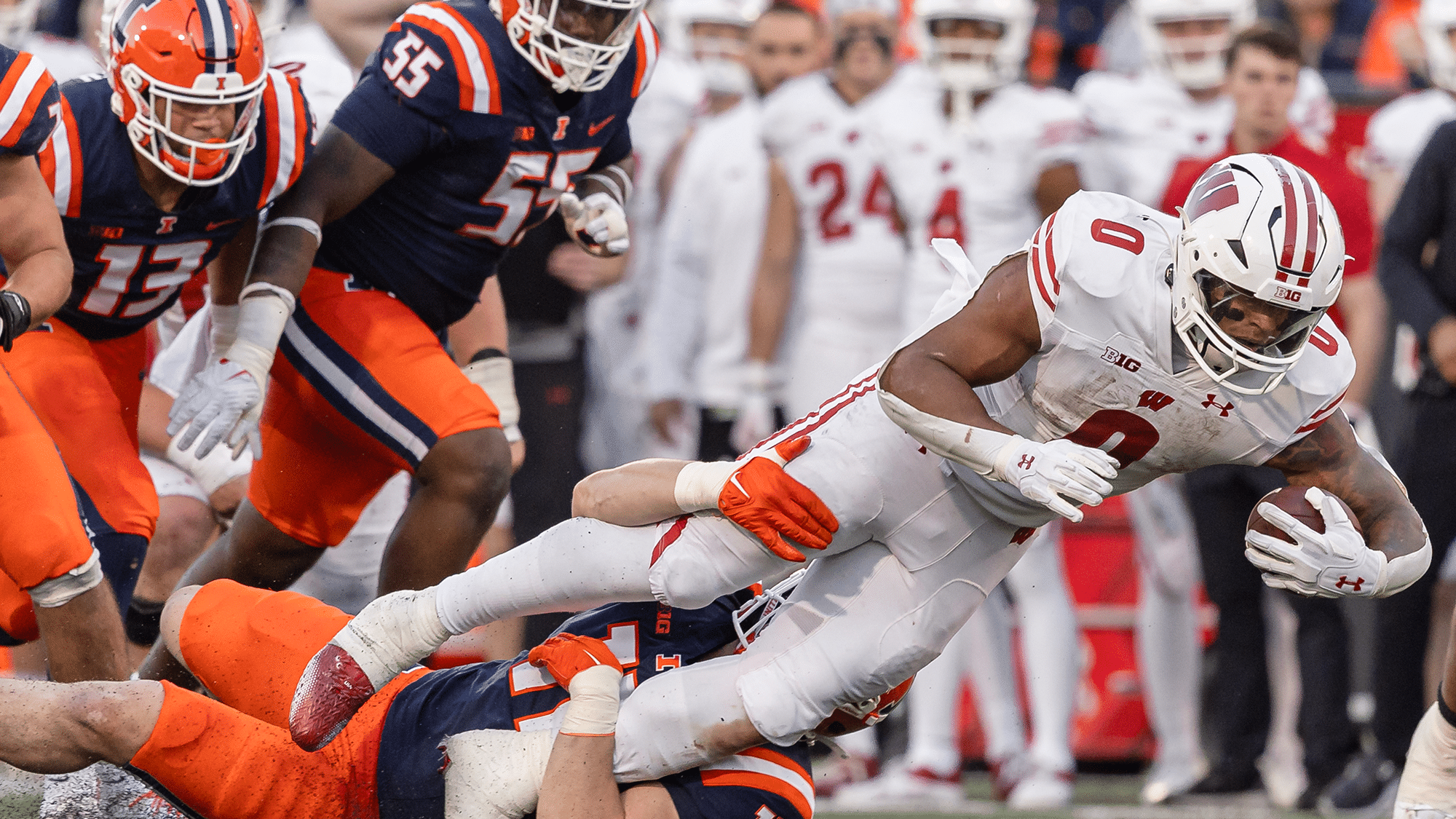

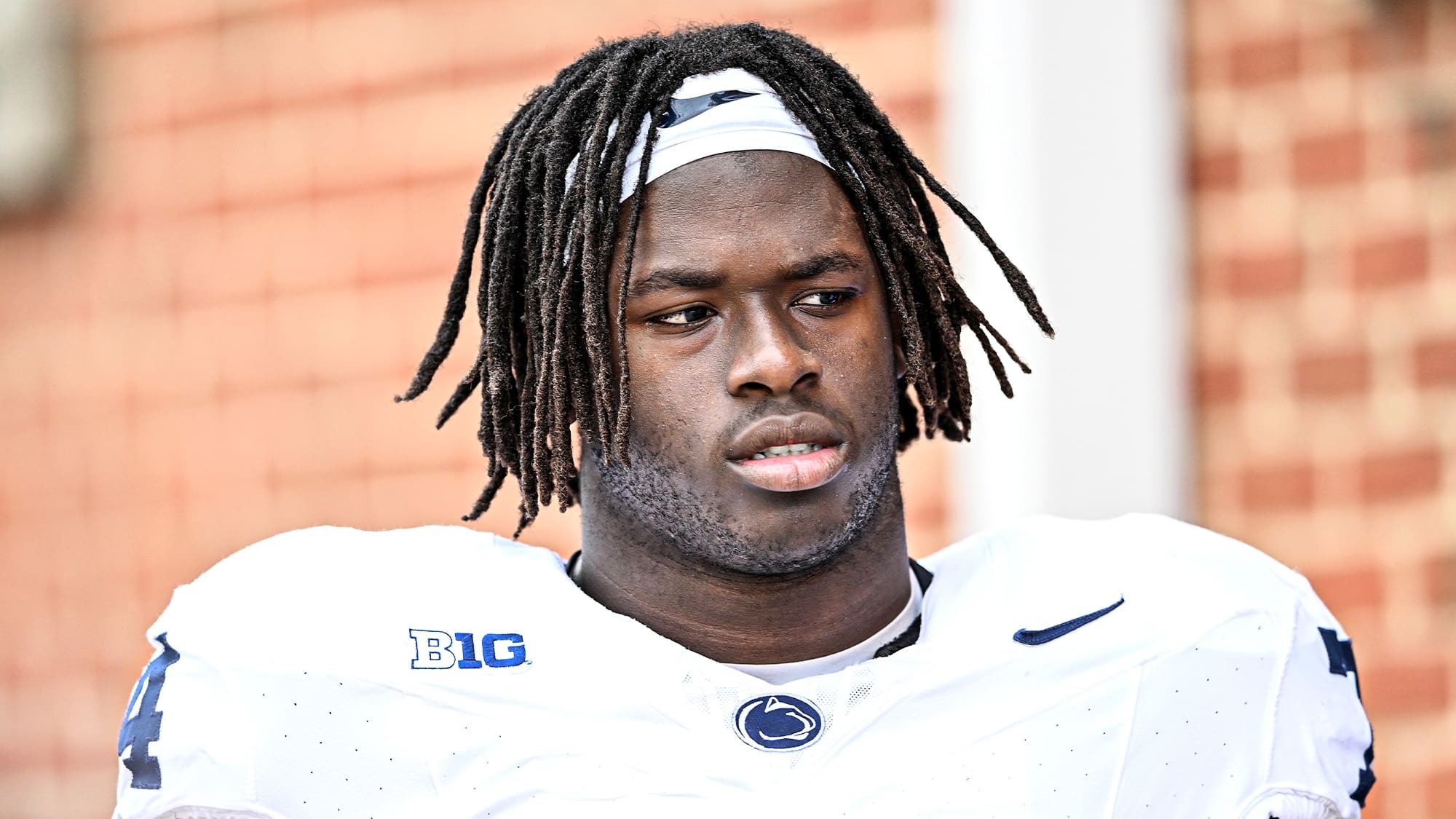
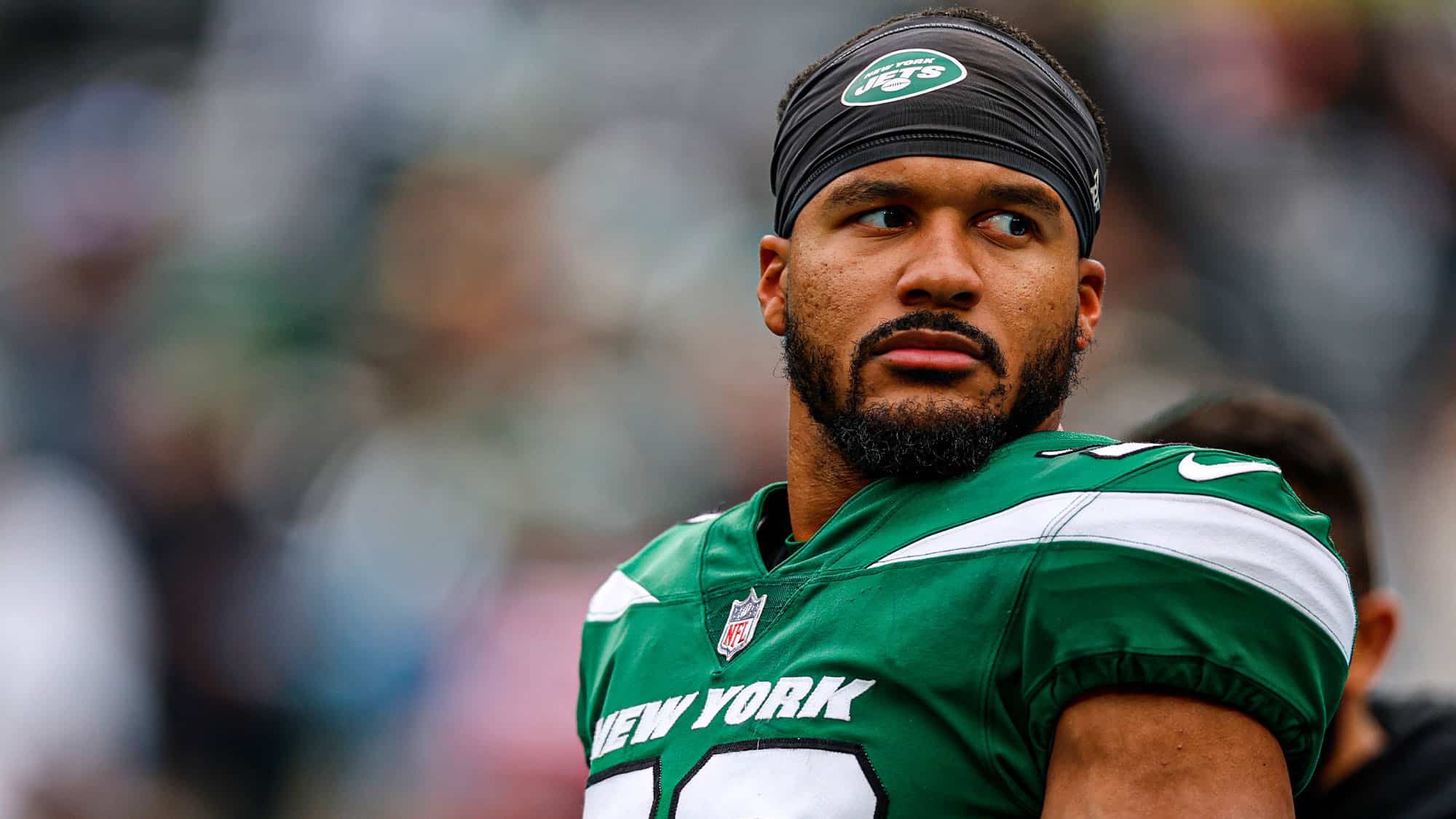
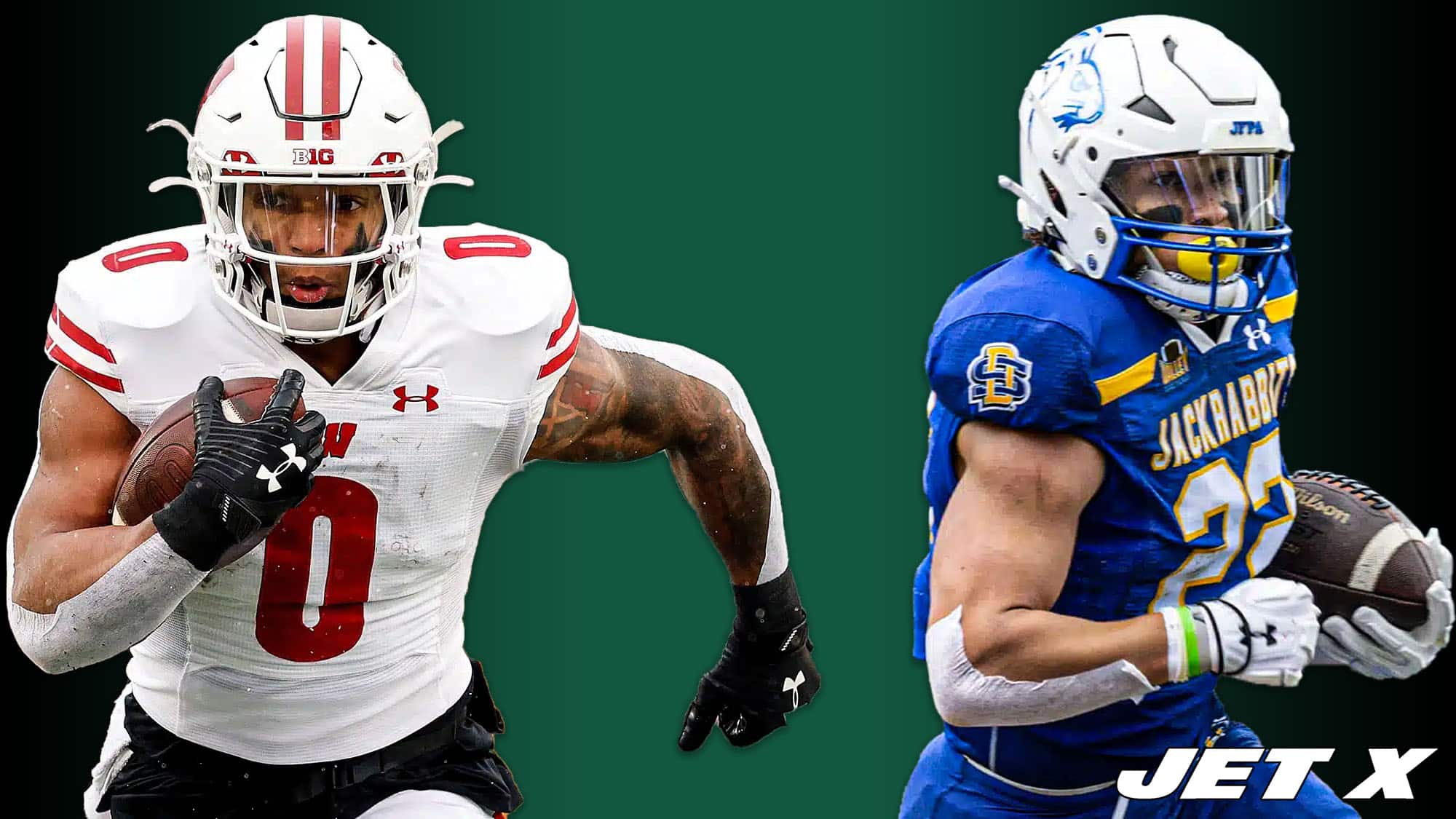

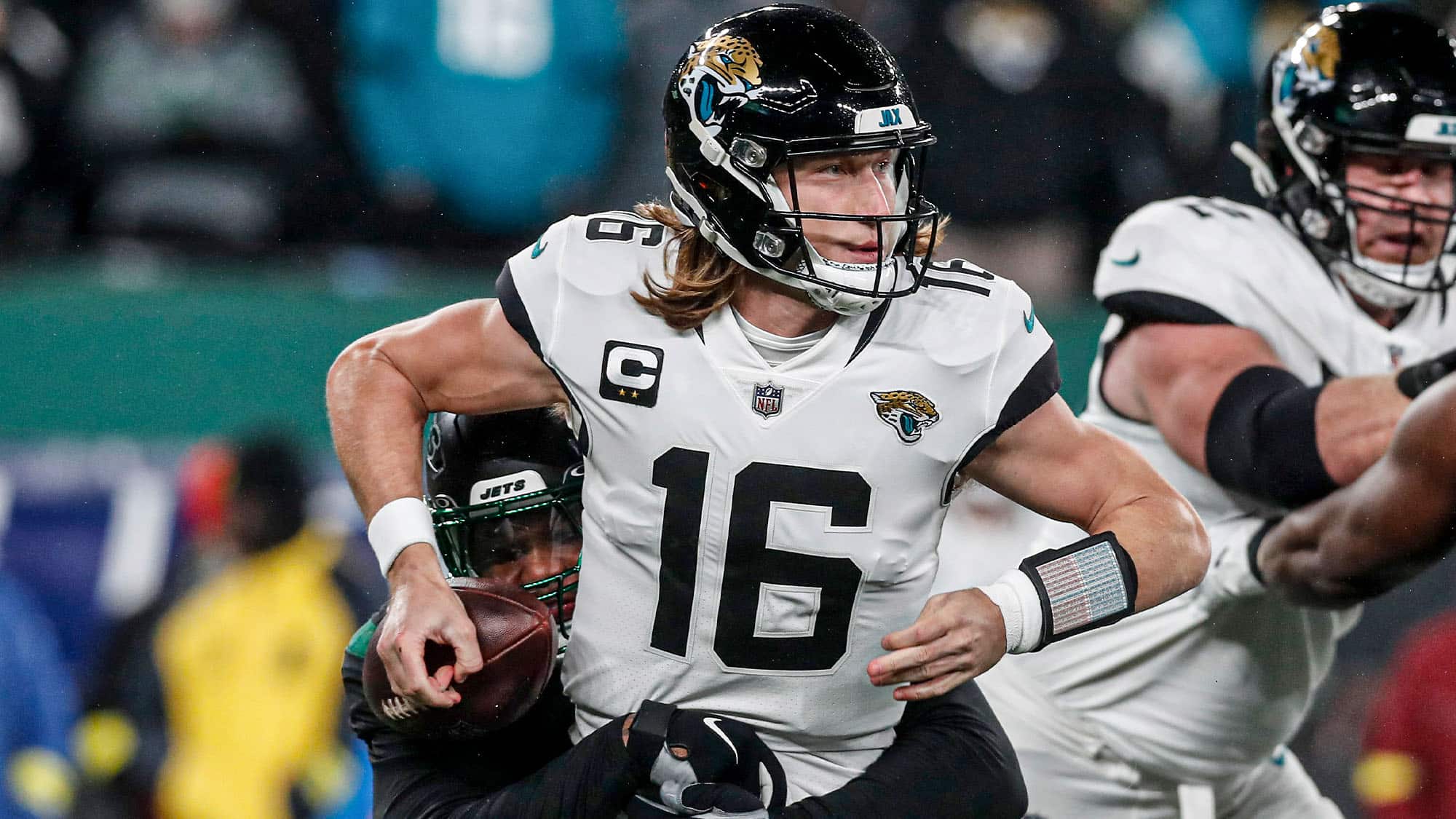
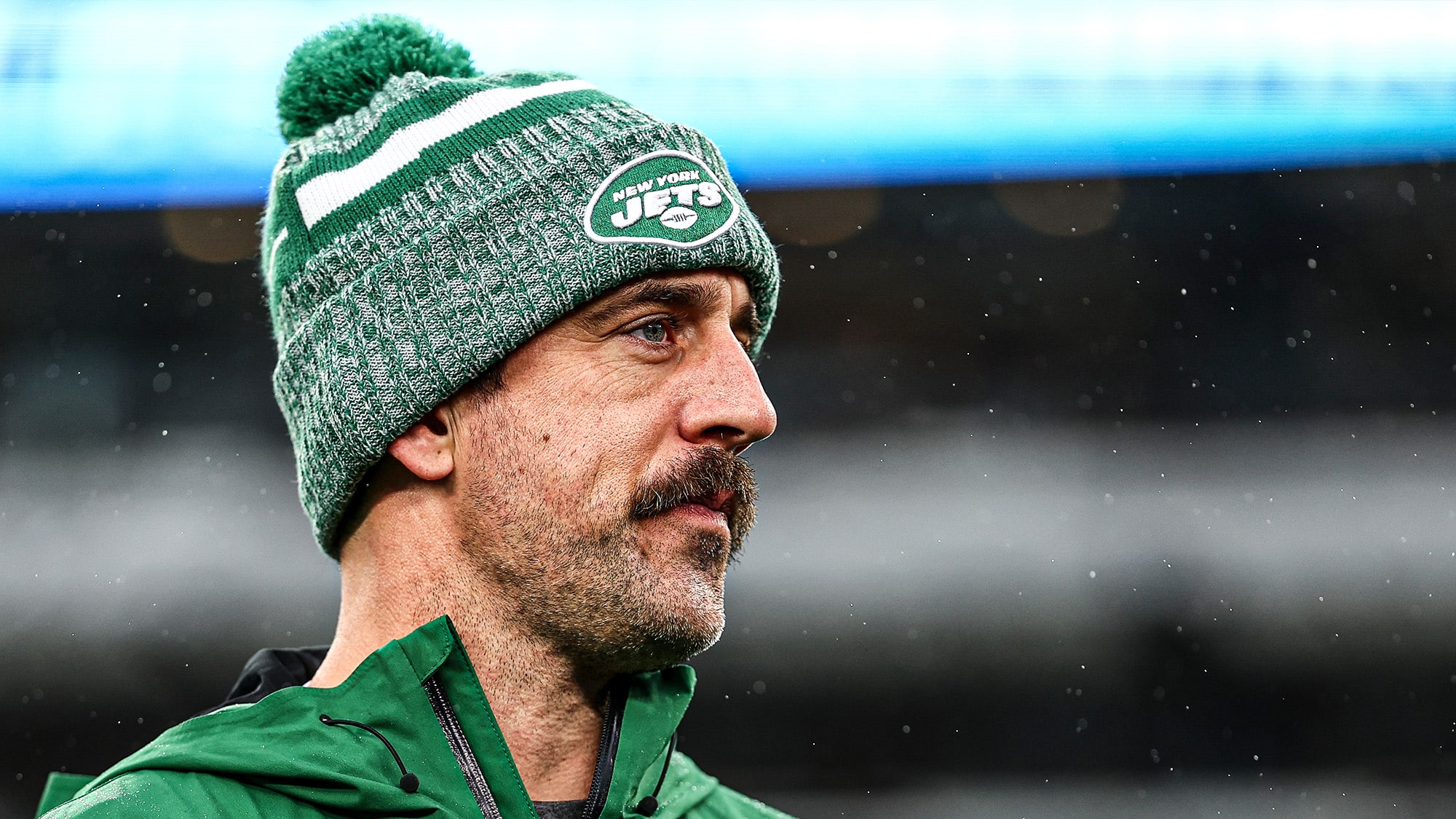
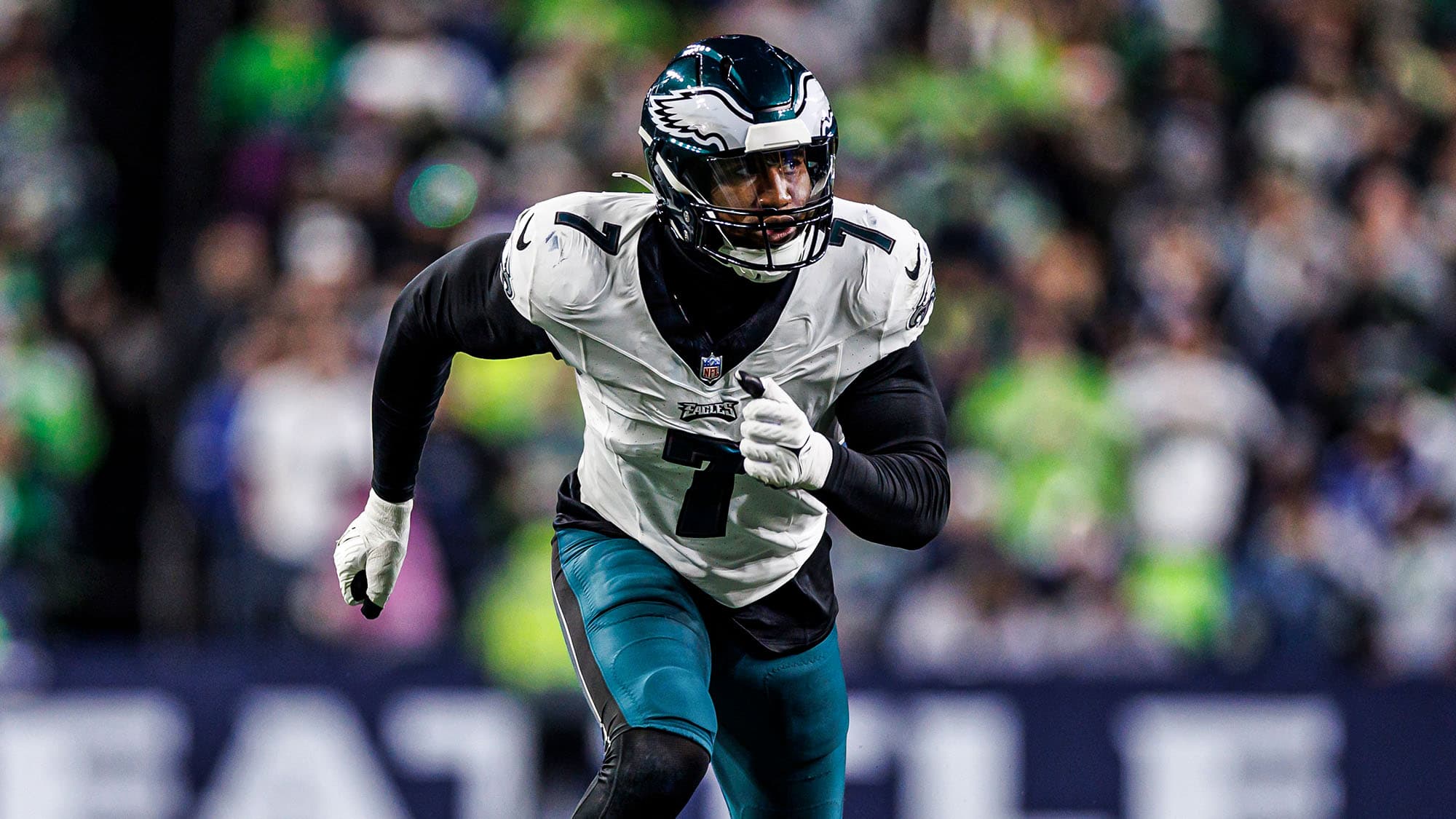
all well and good. the jets have won the paper battle, again. it still remains to be seen how this line functions as a unit in actual games. i believe top half of the league is where they need to be so it looks pretty encouraging. one thing that might be interesting is to compare these grades with the olines that rodgers has had to play behind. if the jets are substantially better then i think we can expect a pretty interesting season.